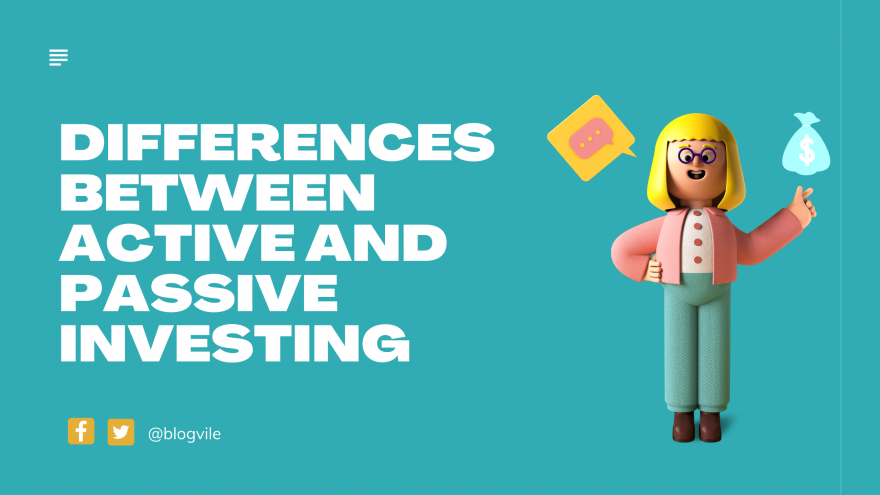There are two main investment styles, active and passive, and understanding the differences between the two can help you select the right investment approach for you.
What is Active Investing?
Active investing means directly involving yourself in the trading of stocks in the hopes of capitalizing off short-term market events, which requires researching and analyzing them before they increase or decrease in value to make the best money-making decisions.
However, to properly analyze the market and find the most profitable stocks typically requires skilled calculations performed by a portfolio manager and their investment team. Otherwise, you could end up simply making gut decisions, which can be costly.
Once the portfolio manager has researched the most valuable stocks based on the team’s careful decisions, he or she will then buy and trade the equities to profit off strategic moves.
What is Passive Investing?
Passive investing, on the other hand, requires minimal stock analysis, and your position is usually a long-term one rather than a short-term one for the big wins.
Using this style of investing, investors aim to match the performance of the S&P 500, the Dow Jones, or another major market using low-cost/passive index funds. They then give their investments time to grow, which offers a simpler approach over frequently trading shares in anticipation of upcoming market changes.
In the long run, the income generated from simulating the market’s returns could significantly add up, and with fewer fees to pay, which also puts more money in your pockets.
Active and Passive Investing Differences
Pros and Cons of Active Investing
According to the experts at Money Morning, “there are various pros and cons of active investing, which makes it attractive for some investors.” However, passive investing has its pros and cons too.
More Flexibility but More Time and Commitment
Active investors are not limited to buying and selling certain funds; therefore, they can jump at the opportunity to purchase stocks that show the most promise for financial gains and pass on those they predict do not.
However, strategically picking the best stocks requires lots of time and commitment to tracking the rhythmical patterns of the stock market, which can become overwhelming to some investors.
A Greater Chance of Rewards but With Greater Risks
As an active investor, you can make your own investment decisions based on your sound analysis, which can significantly increase your finances if your choices turn out to be wise. However, if they turn out to be poor choices, it can negatively impact your finances, which makes it riskier.
Greater Portfolio Diversification but at Higher Costs
Working with a portfolio manager and investment team means active investors can also diversify their portfolios. However, it can also be more costly to hire professionals to manage your investments.
Pros and Cons of Passive Investing:
Less Risks but Decreased Potential for Rewards
Since passive investors simply buy and hold stocks in an attempt to mimic the market’s performance, it carries less risk, especially for the long term.
However, it also creates less potential for rewards unless the market performs well since they are selected to imitate the market.
Less Work but With Limited Options
Passive investors do not have to analyze the market or keep up with ever-changing trends to be successful, which requires less work. However, if the market takes a downturn, you are stuck with your choices until the market recovers.
When it comes to which investment strategy is right for you, some experts recommend incorporating a combination of the two strategies since they both carry their own advantages and disadvantages. However, just be sure to base your selections on knowledgeable decisions, which helps lead to more favorable outcomes.
